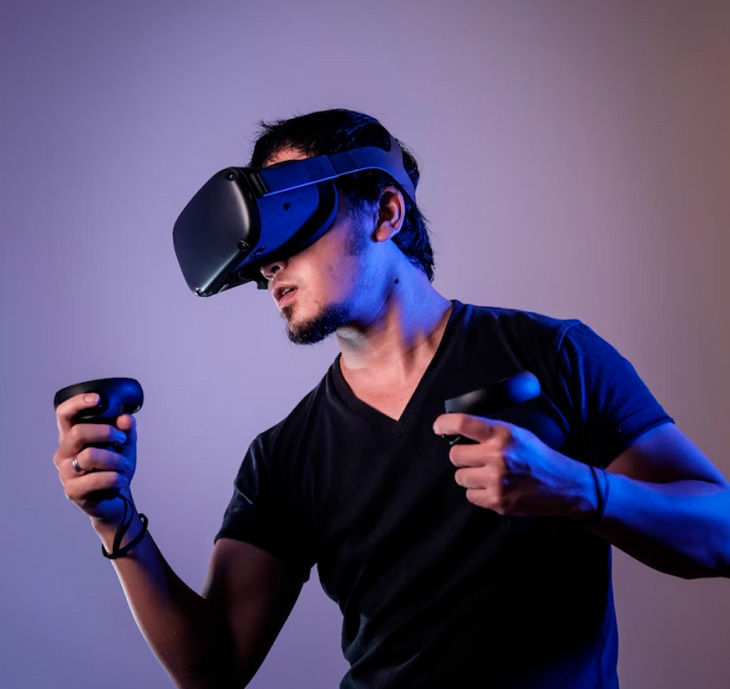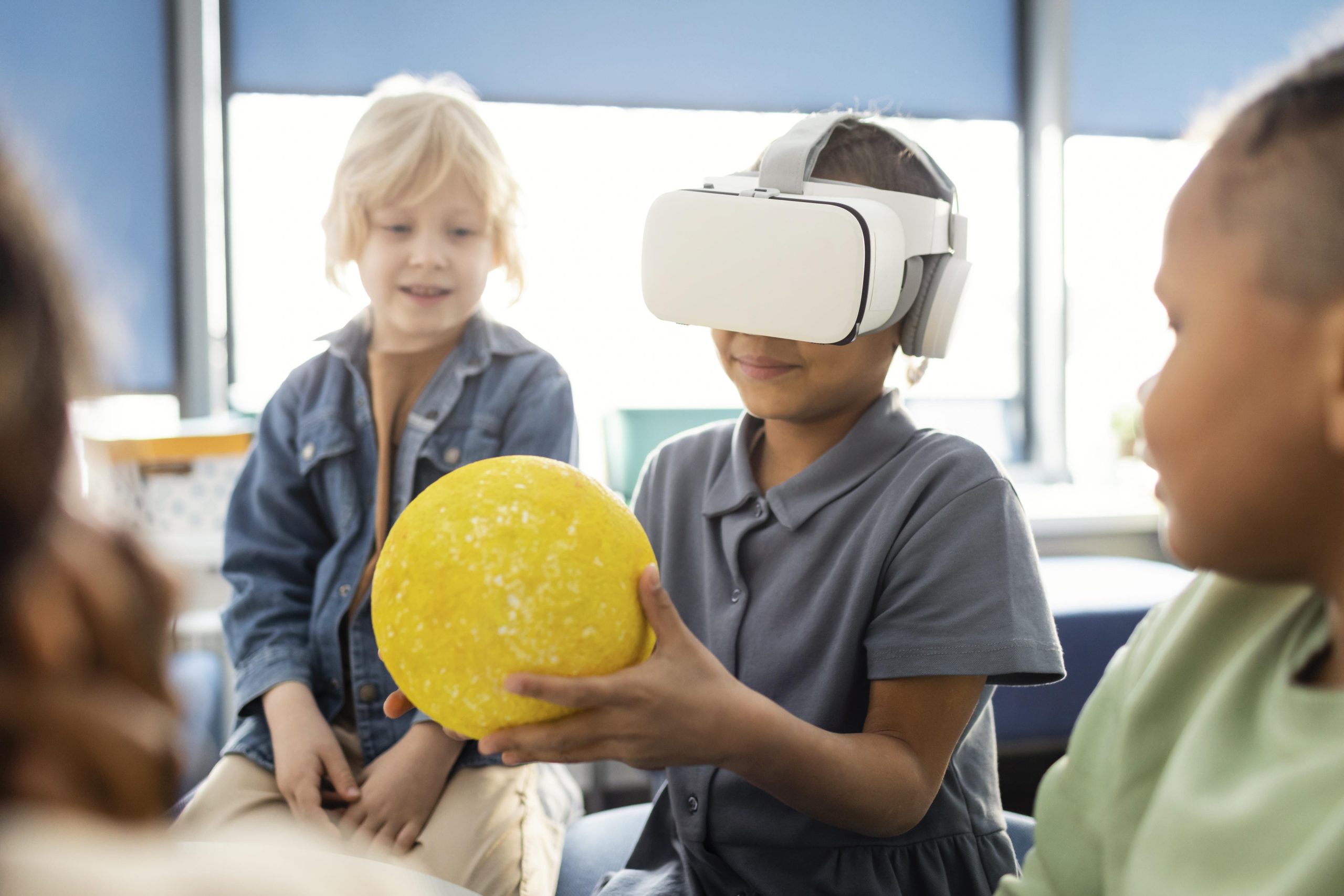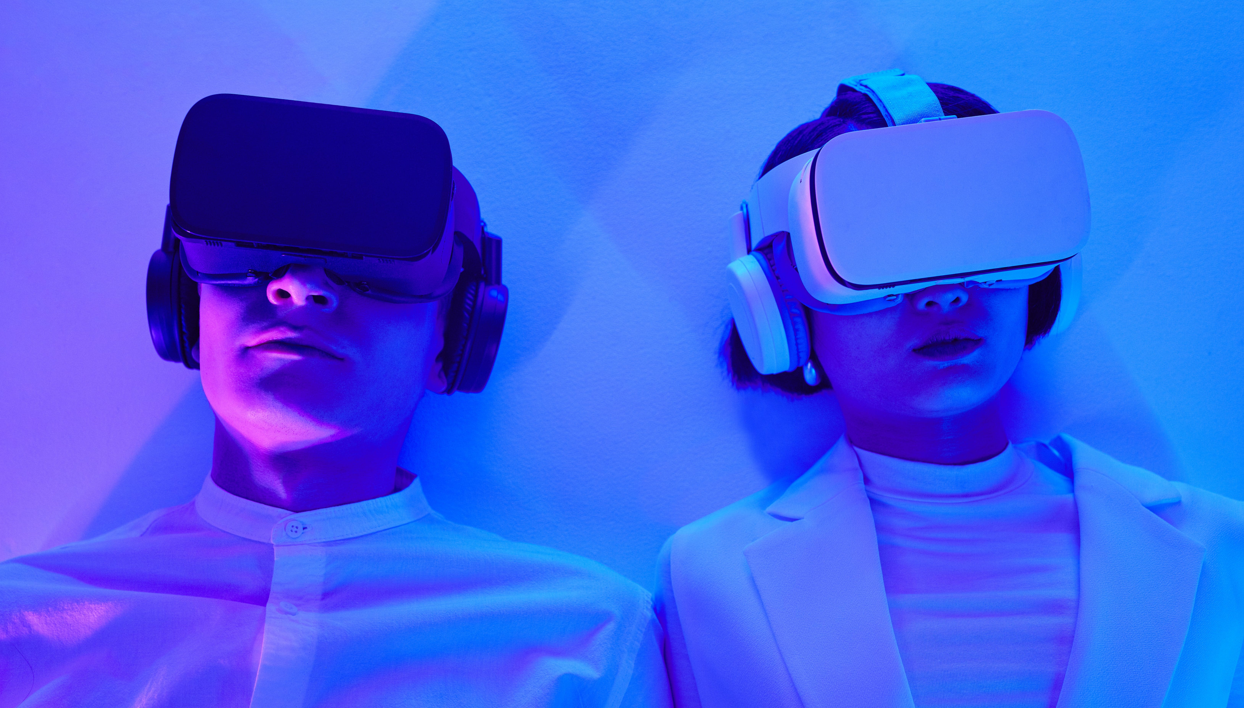Immersive Education is an innovative approach to teaching and learning that leverages immersive technologies to create engaging and interactive educational experiences. In this comprehensive guide, we will explore what immersive education entails, its significance in modern pedagogy, various types of immersive education, and methods used to implement it effectively.
What is Immersive Education?
Immersive Education refers to a pedagogical approach that incorporates immersive technologies, such as virtual reality (VR), augmented reality (AR), mixed reality (MR), and 360-degree video, to enhance the learning process. It aims to provide learners with realistic and sensory-rich environments that stimulate their senses and encourage active participation and exploration.
Key Aspects of Immersive Education:
- Sensory engagement: Immersive education immerses learners in virtual or augmented environments that engage multiple senses, including sight, sound, and sometimes touch.
- Interactivity: Learners actively participate in the educational experience, interacting with digital content, simulations, and virtual scenarios.
- Realistic simulations: Immersive education often incorporates lifelike simulations and scenarios that allow learners to apply knowledge and skills in a practical context.
- Experiential learning: It promotes experiential learning, where learners acquire knowledge through direct experience and hands-on activities.
- Personalization: Immersive education can be customized to suit individual learning preferences, pace, and objectives.
Significance of Immersive Education
Immersive education plays a significant role in modern pedagogy, offering several benefits:
- Enhanced engagement: Immersive experiences captivate learners’ attention, resulting in increased engagement and motivation to learn.
- Better understanding: Learners can grasp complex concepts and topics more easily by experiencing them in immersive environments.
- Real-World application: Immersive education provides opportunities for learners to apply theoretical knowledge in practical, real-world scenarios.
- Improved retention: The multisensory nature of immersive education often leads to better retention of learned material.
- Accessibility: It can make education more accessible to learners with diverse needs and abilities, accommodating various learning styles.
Types of Immersive Education
Immersive education can take various forms, depending on the educational objectives and resources available:
- Virtual Reality (VR) Learning: Learners use VR headsets to enter virtual environments that simulate real-world scenarios, from historical events to science experiments.
- Augmented Reality (AR) Learning: AR overlays digital information onto the real world, enhancing learners’ understanding of physical objects and spaces.
- 360-Degree video: Learners can experience 360-degree videos that transport them to different locations or situations, providing a sense of presence and immersion.
- Mixed Reality (MR) Learning: MR combines aspects of both VR and AR, allowing learners to interact with virtual objects in a real-world context.
- Simulations and Gamification: Immersive education often includes educational simulations and gamified experiences that encourage problem-solving and critical thinking.
Methods of implementing Immersive Education
The implementation of immersive education can vary based on educational goals and available resources:
- Classroom integration: Teachers incorporate immersive technologies into their lessons to supplement traditional teaching methods.
- Dedicated learning spaces: Some institutions create dedicated immersive learning spaces equipped with VR or AR devices.
- Online courses and platforms: Educational platforms offer immersive courses and content accessible from various devices.
- Collaborative projects: Learners collaborate on immersive projects that require teamwork and creativity.
- Field trips and virtual tours: Immersive experiences can replace or complement physical field trips and tours.
Immersive Education represents an exciting shift in pedagogy, harnessing immersive technologies to create engaging and effective learning experiences. With its potential to enhance engagement, understanding, and retention, immersive education offers a promising path for the future of education. By embracing immersive education, educators and learners alike can embark on exciting educational journeys that bring learning to life.






